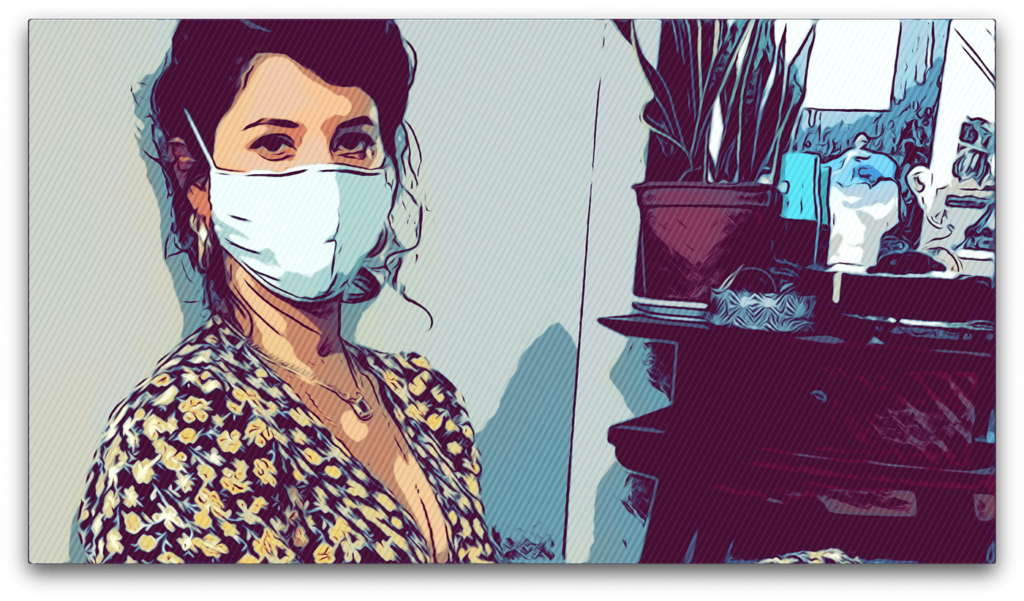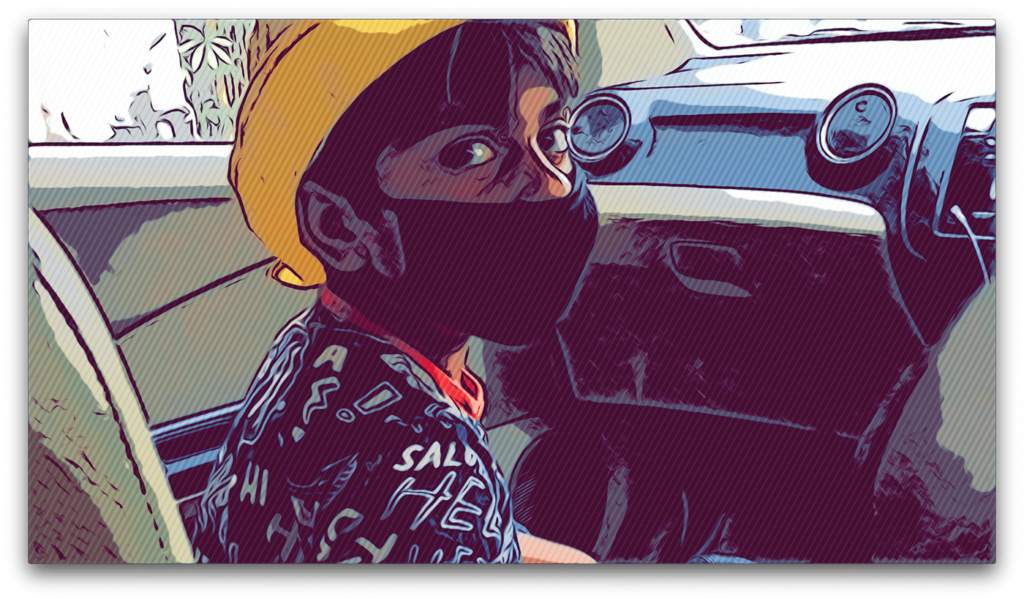1. How are you holding up?
On March 16, I returned to the states from the UK on what would turn out to be the last regularly scheduled flight home before the lockdown. While I had been tending to an exhibition opening in York, the US had begun to finally act on the pandemic, imposing emergency measures with little warning and unclear direction. We waited on a Heathrow tarmac for several hours while various agencies deliberated whether or not we would be allowed to leave. Upon arrival, it was immediately clear that COVID-19 had changed everything in the week I had been away. The international airport was a ghost town. Instead of healthcare workers, we were greeted by armed guards unable or unwilling to share any information. “Welcome to the United States,” I thought. I was anxious to get home and unsure of what to expect.
My wife and I live and share our studio in the countryside, 40-minutes north of Indianapolis. We both grew up in Chicago and relocated here in 2011 when I began teaching at the university. Since March 16, we continue to self-quarantine, going “into town” only for provisions. We are both artists who routinely work in our studio, so we have not felt deprived by our physical distancing. What I did notice, though, was a complete lack of structure in my life, once my daily schedule had been upended.
I don’t do well without some kind of structure in place to give me a reason to get out of bed. I created a new schedule for myself, with workouts, research, office and studio time, nature walks, and of course family time. This is working well for me and I’m making the best of this situation. My live-in-studio mate and I critique, collaborate, and support each other. If I were here alone I’m sure I would not be holding up as well.
2. Has Covid-19 affected your work? If so, in what way?
As part of my work for the university, I conducted a recent study of the effects of the COVID-19 virus on creative research. A survey conducted by Americans for the Arts, indicates 95 percent of artists report lost income due to COVID-19. This figure helps indicate the precarious state of the infrastructure supporting the arts and sustaining an ongoing creative practice.
In the case of COVID-19, the main problems I’ve had involve disrupted supply chains and canceled or postponed exhibitions and performances. Because I am a multi-disciplinary artist I’ve been able to shift gears and overcome some of the issues that might restrict art-making. I routinely have several ongoing projects across various genres and I think this has helped me during the crisis. My current exhibitions are temporarily closed, awaiting a reopening later this year. Some have an online presence, however, that doesn’t translate well for every project—the “virtual” experience for the viewer is often quite different than my original intent.
3. Is there anything you’ve added to your practice that you’d like to keep after this is over?
To avoid frustration, I’ve been trying to make the most out of what I have available. For instance, we happen to live a quarter-mile from a wooded reservoir that I used to create a sound installation, Wetland. While observing a stay-at-home order, I installed an 8-channel audio installation for an audience mainly of birds and other wildlife. I created video documentation of that performance with the intent that it would exist as a piece in its own right—as video art. This is a bit atypical for me but the experience was so much fun I plan to make more work like this.
4. Of the artists you follow, who are handling this particularly well?
I’ve not been in regular communication with many since early April when social media started to become toxic for me. Our rural internet hasn’t helped me keep in touch, so I truly am socially distanced. Closer to home, one of my departmental colleagues, Aaron Pickens seems to be doing very well, keeping in good spirits and cranking out his exceptional quirky and fun paintings. But many others have expressed great difficulties and appear to be struggling to regain their footing and momentum. Stress kills creativity.
I just completed a meta-analysis of socially-distanced participants as research for a new body of work. This indicates unintended consequences of social isolation have had severe negative mental and physical health effects. The COVID-19 pandemic and resulting economic downturn have negatively affected our nation’s mental health and artists are not immune.
**
Erik Deerly is a visual and sound artist, composer, and Associate Professor of New Media at Indiana University Kokomo. His work has been exhibited across the US and in Asia and Europe. Awards include a SXSW 1st Place National Interactive Design Award, a Lumen Prize longlist selection, an Aesthetica Art Prize shortlist selection, and a 2016 New Frontiers of Creativity and Scholarship Grant from Indiana University. Recent or forthcoming exhibitions include Aesthetica Art Prize Exhibition 2020 in York, United Kingdom, The The Wrong Biennale (global simulcast event), Czong Institute for Contemporary Art in Gimpo, South Korea, Millepiani Exhibition Space in Naples, Italy, PH21 Gallery in Budapest, Hungary, Casoria Contemporary Art Museum in Naples, Italy, and Aesthetica Art Prize Anthology: Future Now, in York, UK.
Check out his website for more.
source: http://www.estheticlens.com/2020/07/12/creative-quarantine-artist-erik-deerly/

